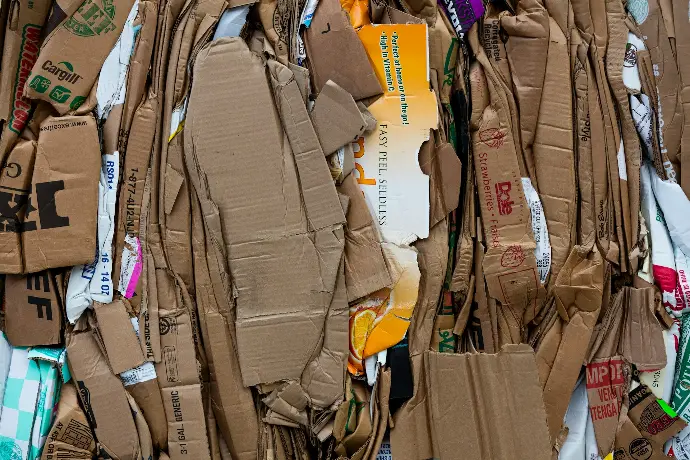Circularity is a term that is increasingly common in discussions about sustainability and the environment. But what exactly does it mean? In essence, circularity refers to an economic system designed to minimize waste and maximize the continuous use of resources. This concept is a response to the traditional, linear economic model of 'take, make, use and throw away', offering a more sustainable and responsible way of living and doing business.
The circular model explained
In a circular model, products and materials are designed and used in such a way that they can easily be reused, repaired or recycled at the end of their life cycle. This means that products last longer, and waste is converted into new resources. This system is not only good for the environment, but also for the economy, as it reduces dependence on new raw materials and creates new business opportunities.
Read more:

The world of recycling: Which materials are recyclable?
This blog provides an overview of different types of recyclable materials, their recycling processes, and the impact recycling has on our planet. This gives us insight into how we can contribute more effectively to a more sustainable world.
Benefits of circularity
The benefits of a circular economy are numerous. It reduces pressure on natural resources, reduces greenhouse gas emissions, stimulates innovation, and can promote economic growth. Furthermore, it helps companies and consumers use their resources more efficiently, which can lead to cost savings and improved competitiveness.
Circularity in practice
Circularity can be applied in various sectors, from clothing and electronics production to construction and food production. Companies that embrace this approach can, for example, choose materials that are easier to recycle, or design products that are easier to repair. Consumers can do their part by choosing products with a longer lifespan and by actively recycling.
Challenges and opportunities
Despite the many benefits, the transition to a circular economy also brings challenges. It requires a shift in mindset among both producers and consumers, and often changes in regulations and infrastructure. But these challenges also offer opportunities for innovation and for developing new business models.
Read more:

The Plastic Soup: The Effects of Importing from China
In this blog we explore the relationship between the plastic soup and importing goods from China, and discuss what companies and consumers can do to tackle this problem.
Future of circularity
The future of circularity looks promising. As more companies and governments recognize the importance of sustainability, the circular economy is likely to play an increasingly important role in our world. It provides a path to a more sustainable and resilient future, benefiting both the environment and the economy.
Conclusion
Circularity is more than a buzzword; it is an essential part of a sustainable future. By switching to a circular economic model, we can create a world where economic growth goes hand in hand with environmental protection. It is an invitation to all of us to rethink how we consume and produce, for a greener and more prosperous future.
Make the transition to a circular future now
Discover the possibilities of circularity for your business or lifestyle and contribute to a healthier, more sustainable world.









